Compared to the previous walk, this one was quite opposite in character. The walk went for the most part on gravel roads, asphalt roads and tractor roads, rather than on trails. A big chunk of the walk went through small scale farm land terrain. A small part of the walk also went through the town of Ulricehamn. Even the forest parts went mostly on gravel roads or tractor roads. Either way, when I checked the weather prognosis some days before the walk (including the day before) it seemed as the weather would be fine (maybe a bit cloudy but not rainy at least). However, in the morning at home it didn't seem as if the weather was fine and when I arrived at Brunns kyrka it was confirmed that the weather for the walk indeed wasn't fine. However, it wasn't too bad since it was raining just a bit and I always carry a raincoat with me on my trips so I took it on. The worse part of it raining or more generally the ground being wet is that the shoes can get wet. While the shoes I use for the walks are made of gore-tex and are thus relatively water-proof, they don't protect against getting wet from above and I don't remember exactly but I think I did manage to get my shoes wet this time also. On the other hand the rainy atmosphere made some of the parts of the walk more interesting, especially in one place where the woods were extra dark (so in that sense I was lucky it was raining). As I've mentioned in the blog post for the previous walk; deer flies were an annoyance that occurred. This walk was no exception. There was one place in the woods where it was especially bad, with maybe 5 to 6 deer flies attacking at once. Another thing to note was that I ran for parts of the last 4km, partially to get on time for the bus (I didn't want to end up waiting for the next one) and partially because it started to rain more. Finally, it should be noted that the trail partially overlaps with several other trails, namely Åsundeleden, Redvägsleden and Dalumsleden. Either way, despite some of the inconveniences it was a pretty interesting walk. Enjoy the photos!
1.
"Brunn's church ruin
The church was probably built in the 12th Century. In 1893, a new church was built only a couple of hundred metres from this site, and the medieval church was abandoned. The historic ruin is well worth a visit. When the new church was refurbished in the 1920s, the gallery from the old church was added. The old altar and altarpiece has also been moved to the new church."
The church was probably built in the 12th Century. In 1893, a new church was built only a couple of hundred metres from this site, and the medieval church was abandoned. The historic ruin is well worth a visit. When the new church was refurbished in the 1920s, the gallery from the old church was added. The old altar and altarpiece has also been moved to the new church."
2.
Brunn's church ruin
3.
"The railway embankment
A few sections of the Sjuhäradsleden long-distance hiking trail run along the old railway embankments between Borås and Falkenberg, which carried trains until 1986. The embankments have now been converted into excellent cycle paths which are popular with both local residents and visitors. They also form part of the Sjuhäradsrundan cycle route and other facilities."
A few sections of the Sjuhäradsleden long-distance hiking trail run along the old railway embankments between Borås and Falkenberg, which carried trains until 1986. The embankments have now been converted into excellent cycle paths which are popular with both local residents and visitors. They also form part of the Sjuhäradsrundan cycle route and other facilities."
4.
Lekstaden
5.
"Prehistoric farmland
At the equestrian centre, the hiking trail passes several prehistoric fields which are kept open by grazing horses. This is an area of arable land which has been permanently abandoned but which was shaped by prehistoric farming methods. There may be clearing cairns made up by stones collected from the field. There may also be traces of the edges of terraced land. Fields dating from the Bronze Age are mostly round or oval, sometimes bowl-shaped, and were farmed using mattocks. When the field was cleared, the stones were moved to the side. Square-shaped prehistoric fields are slightly younger, dating back to the early Iron Age."
Slightly brightened the non-sky parts using the level tool.
At the equestrian centre, the hiking trail passes several prehistoric fields which are kept open by grazing horses. This is an area of arable land which has been permanently abandoned but which was shaped by prehistoric farming methods. There may be clearing cairns made up by stones collected from the field. There may also be traces of the edges of terraced land. Fields dating from the Bronze Age are mostly round or oval, sometimes bowl-shaped, and were farmed using mattocks. When the field was cleared, the stones were moved to the side. Square-shaped prehistoric fields are slightly younger, dating back to the early Iron Age."
Slightly brightened the non-sky parts using the level tool.
6.
7.
8.
9.
10.
11.
Brightened the non-sky parts first using the brightness-contrast tool and then using the levels tool.
12.
13.
14.
"The dug-out
The dug-out is an emergency shelter from the early 19th Century, and people lived here until 1885. The dug-out is situated in a beauty spot in the Fredsskogen forest, between Timmele and Dalum. The shelter is open to visitors and there is a campfire cooking area with tables and benches in front of it. There is also a shelter for overnight stays."
The dug-out is an emergency shelter from the early 19th Century, and people lived here until 1885. The dug-out is situated in a beauty spot in the Fredsskogen forest, between Timmele and Dalum. The shelter is open to visitors and there is a campfire cooking area with tables and benches in front of it. There is also a shelter for overnight stays."
15.
16.
Sharpened the photo slightly using unsharp mask.
17.
18.
19.
20.
Böne church. Rotated and cropped the photo.
21.
Back in Dalum.
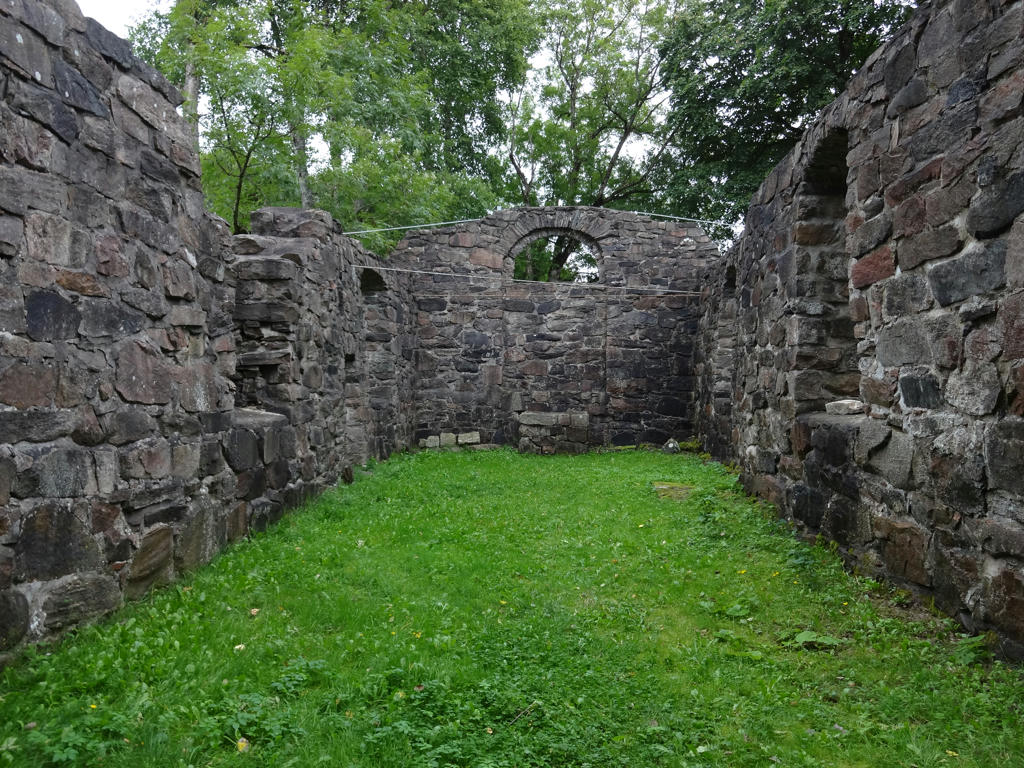
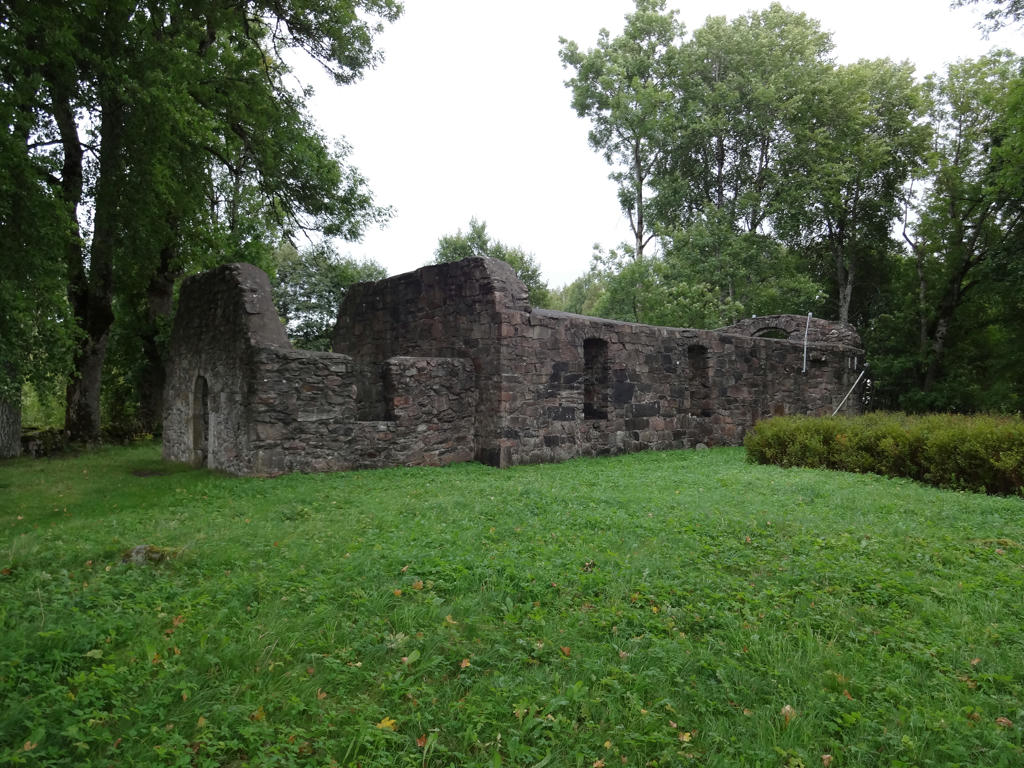
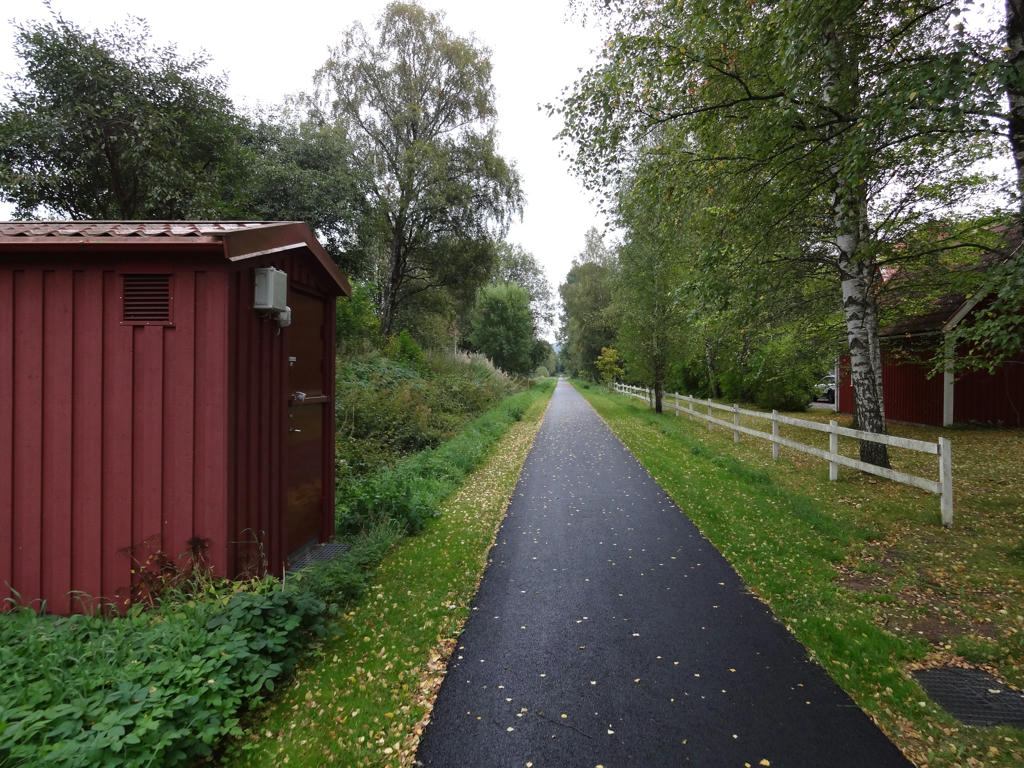
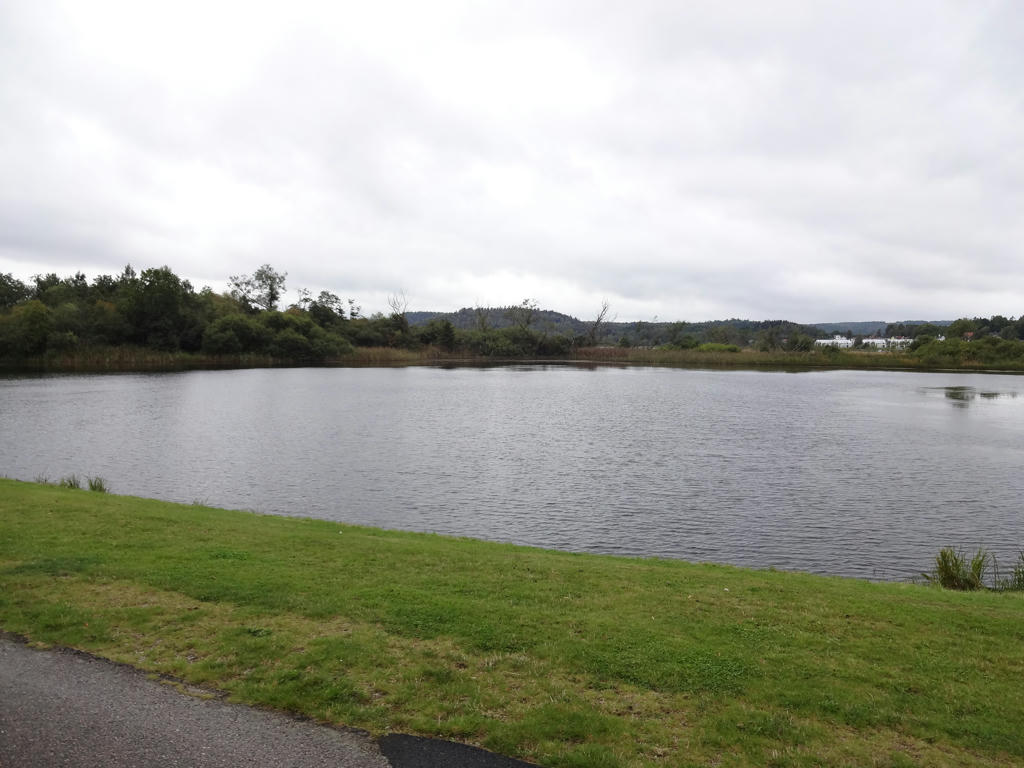
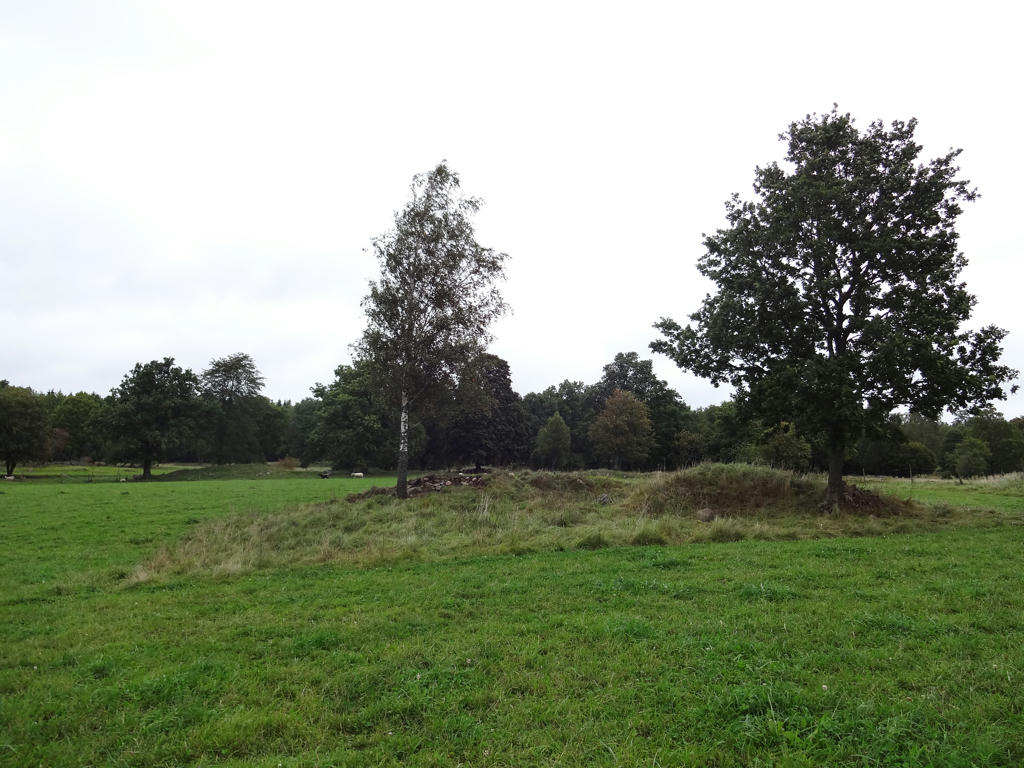
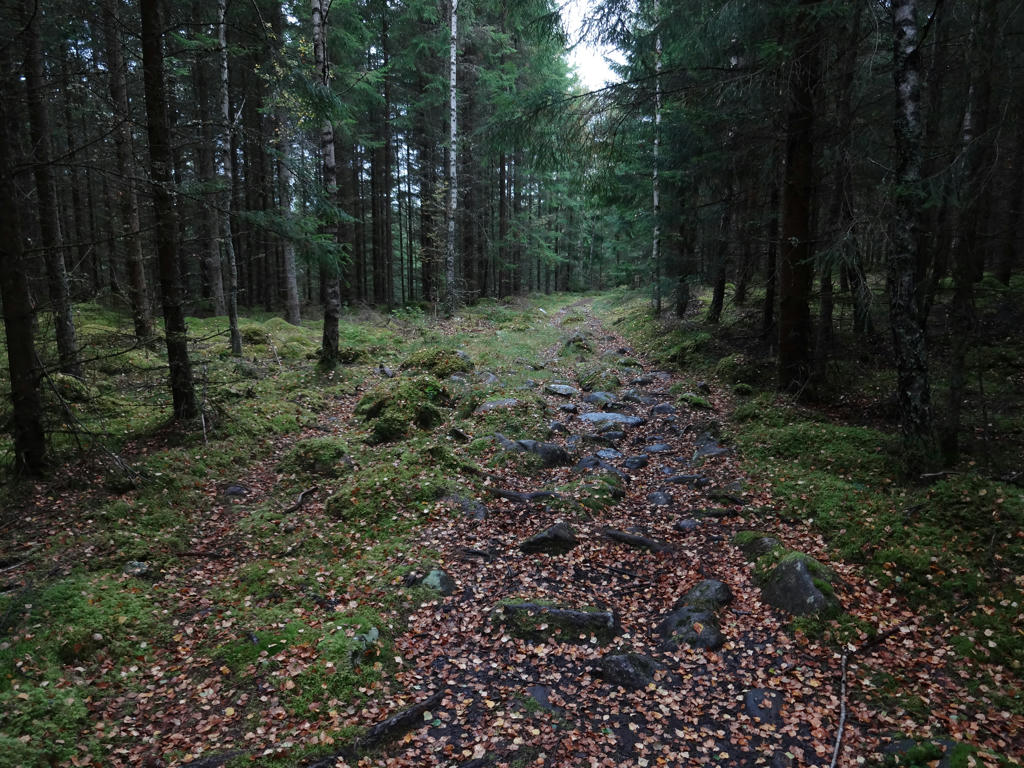
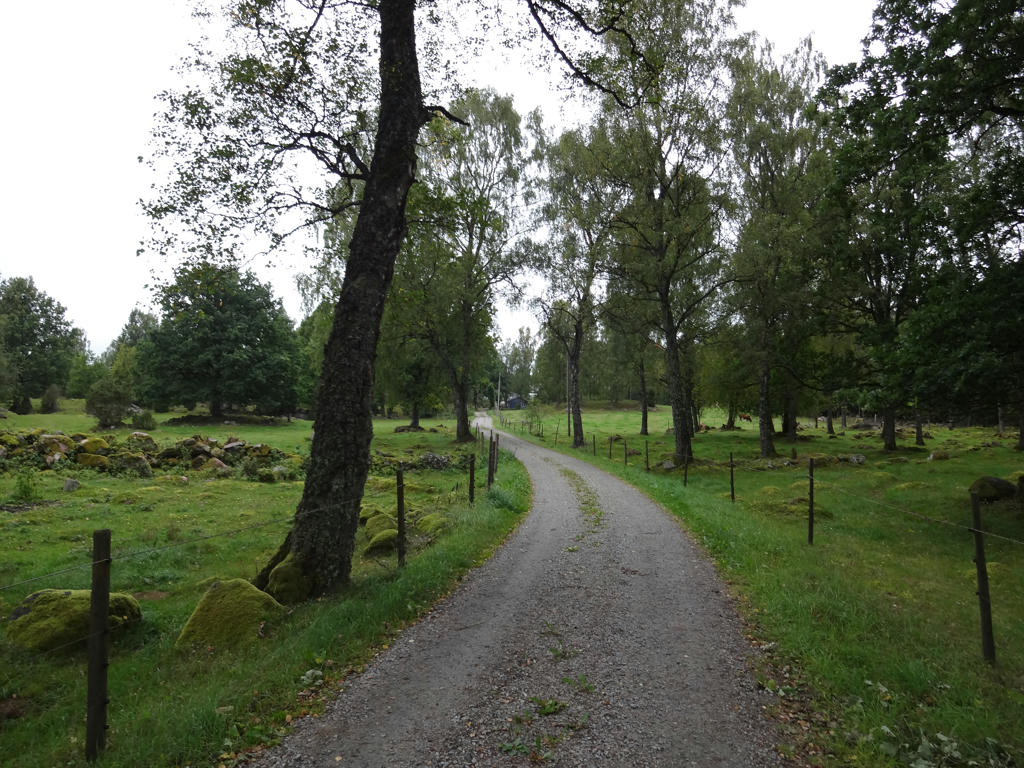
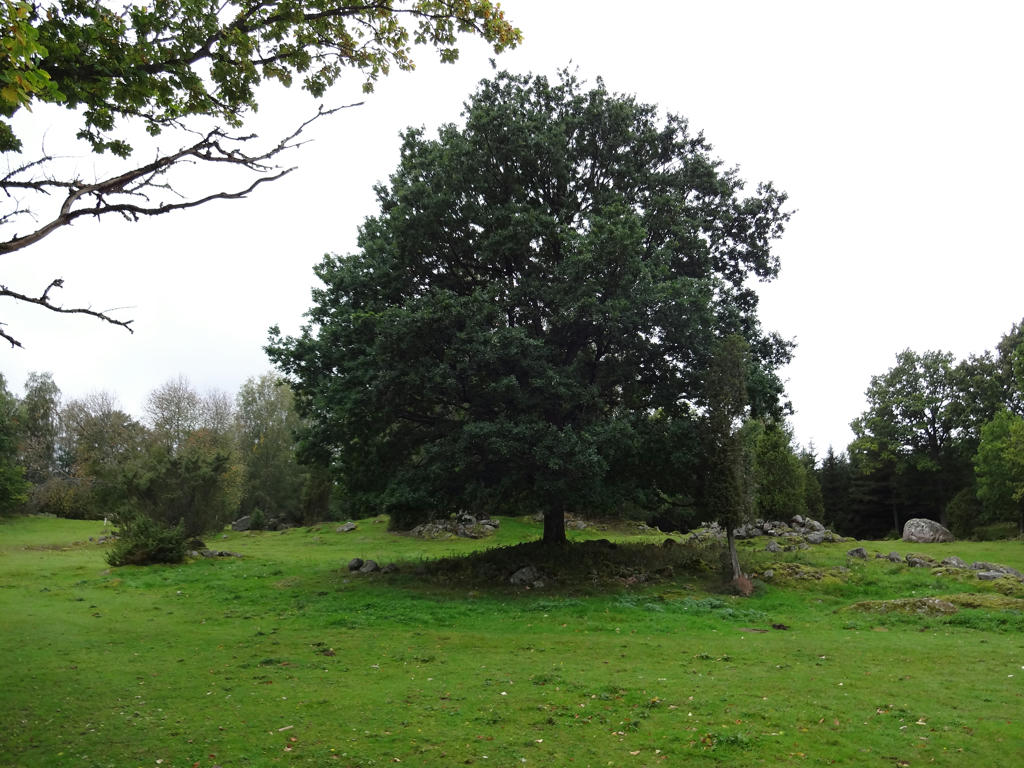
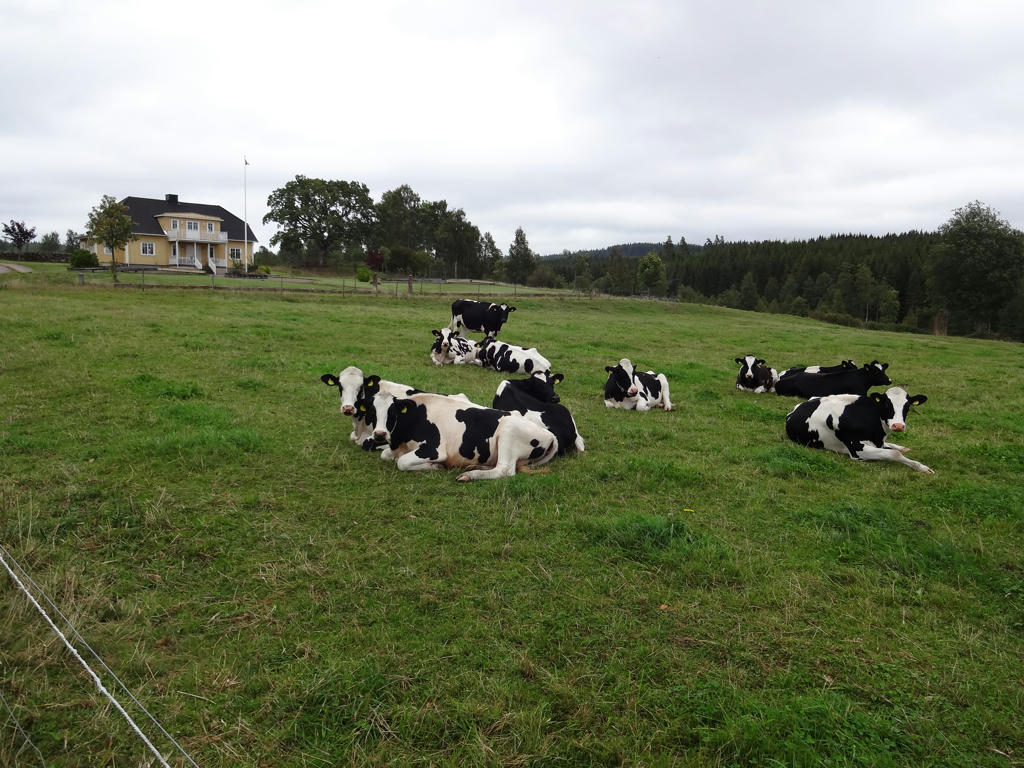

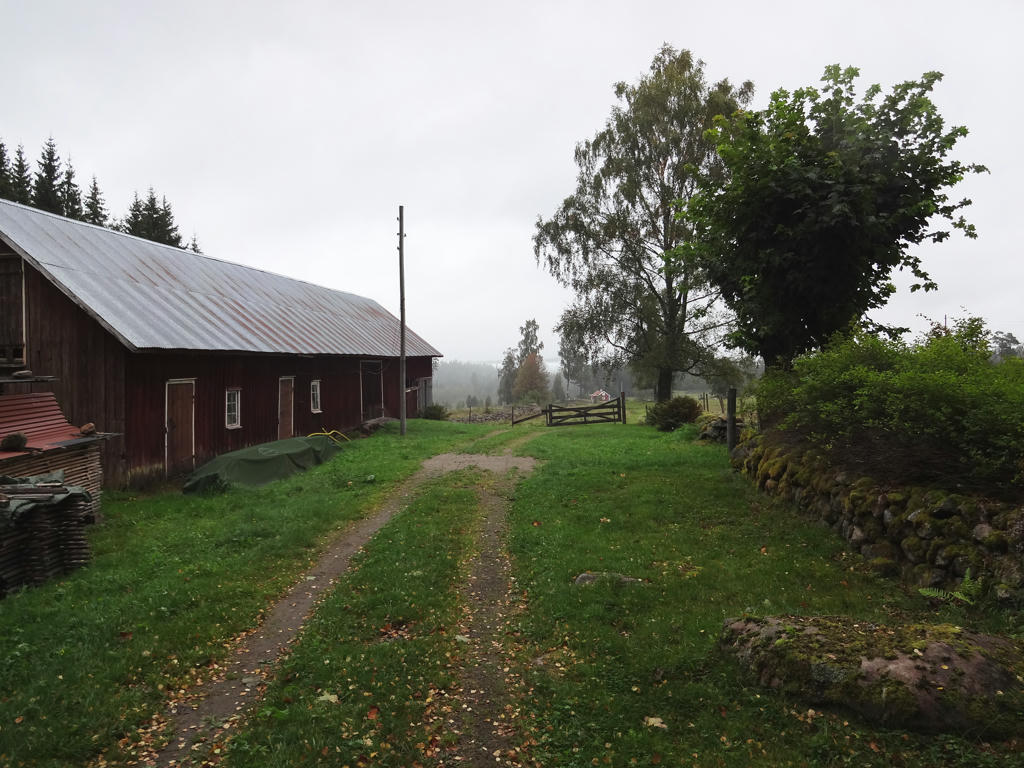
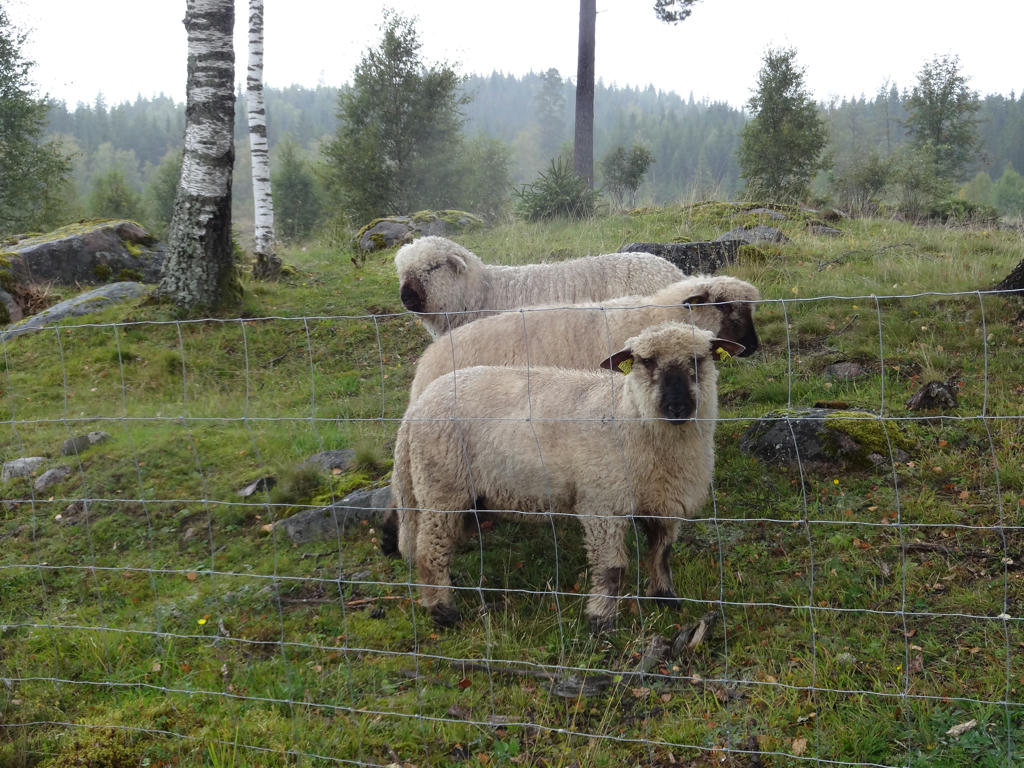
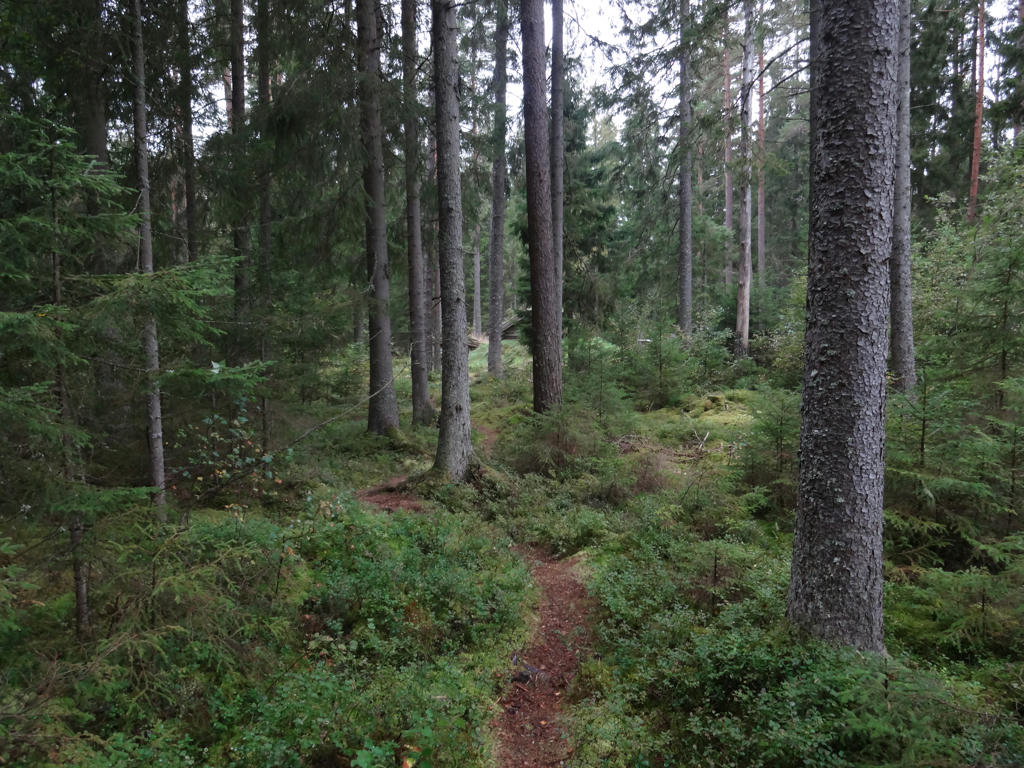
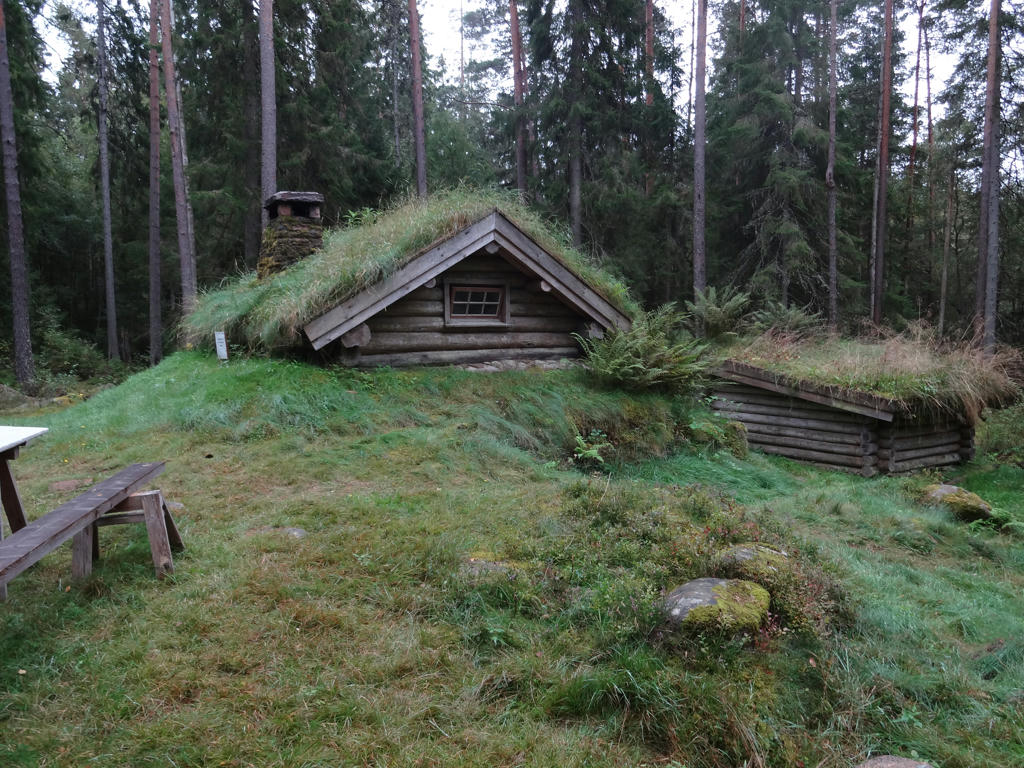
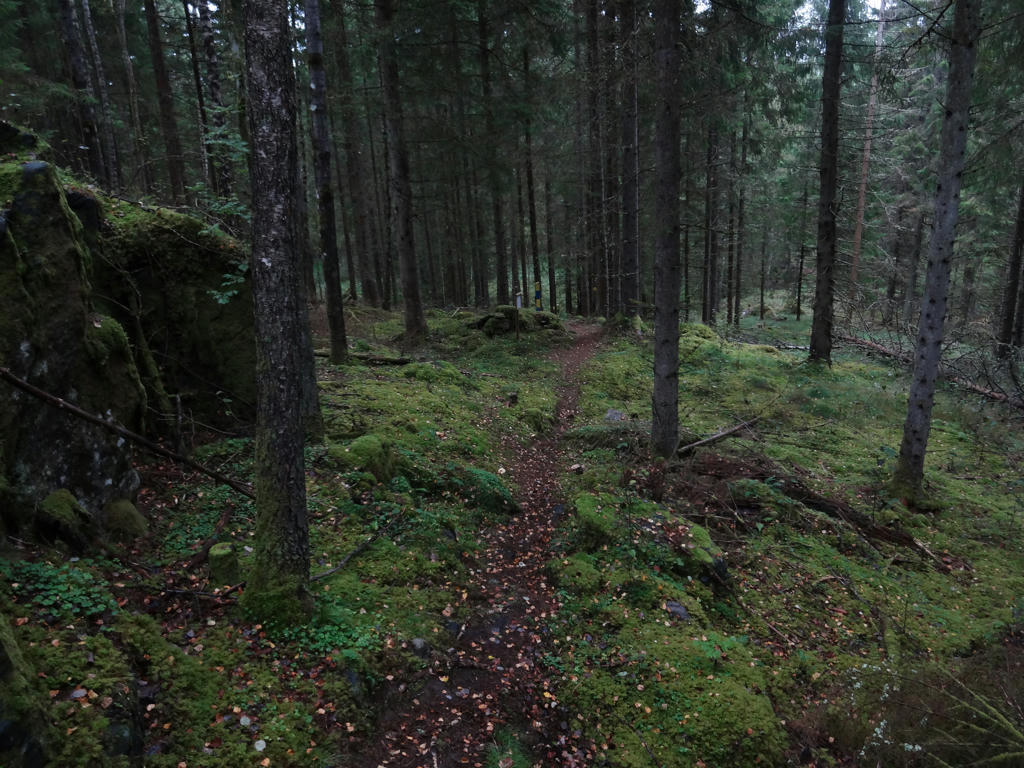
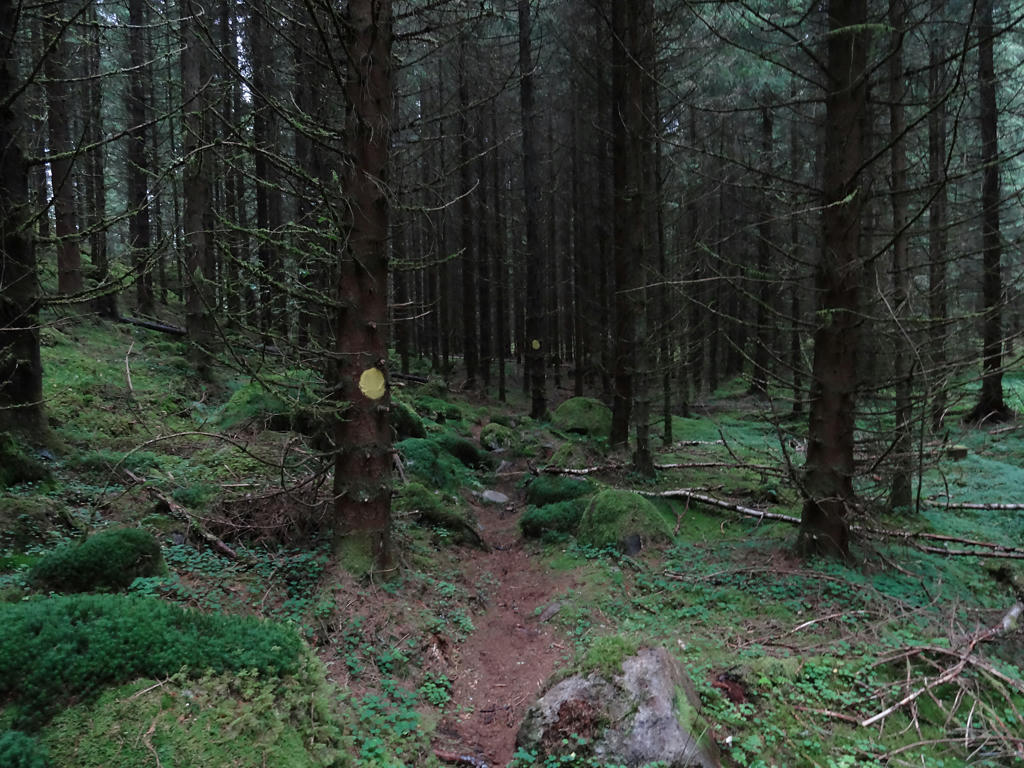
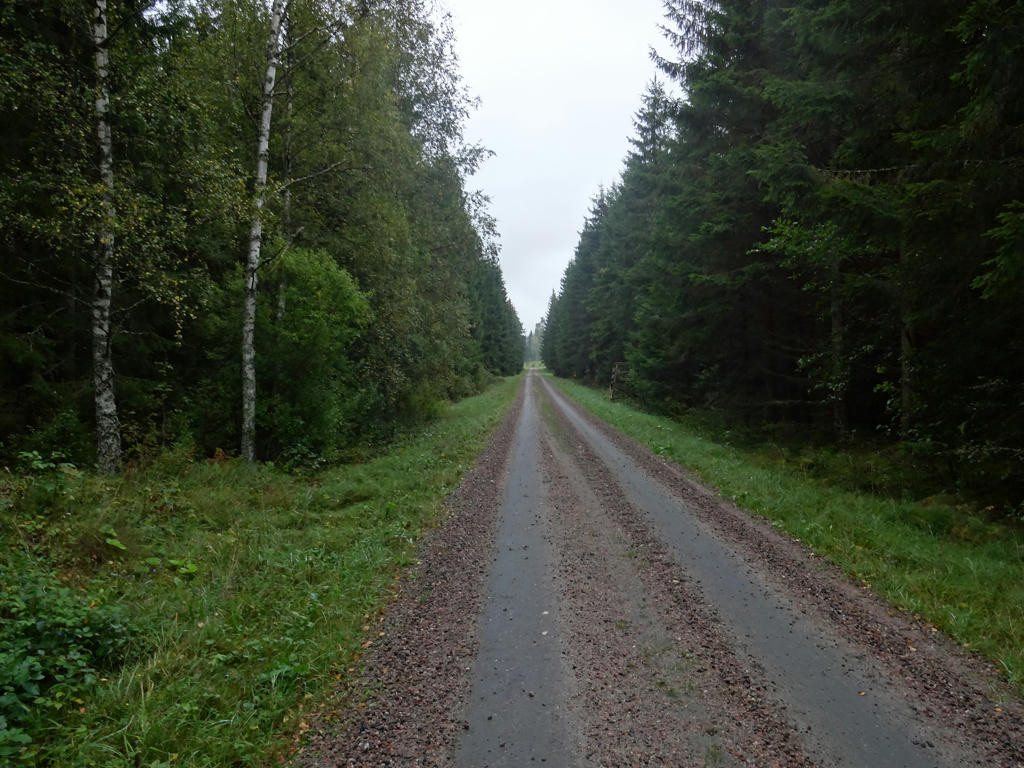
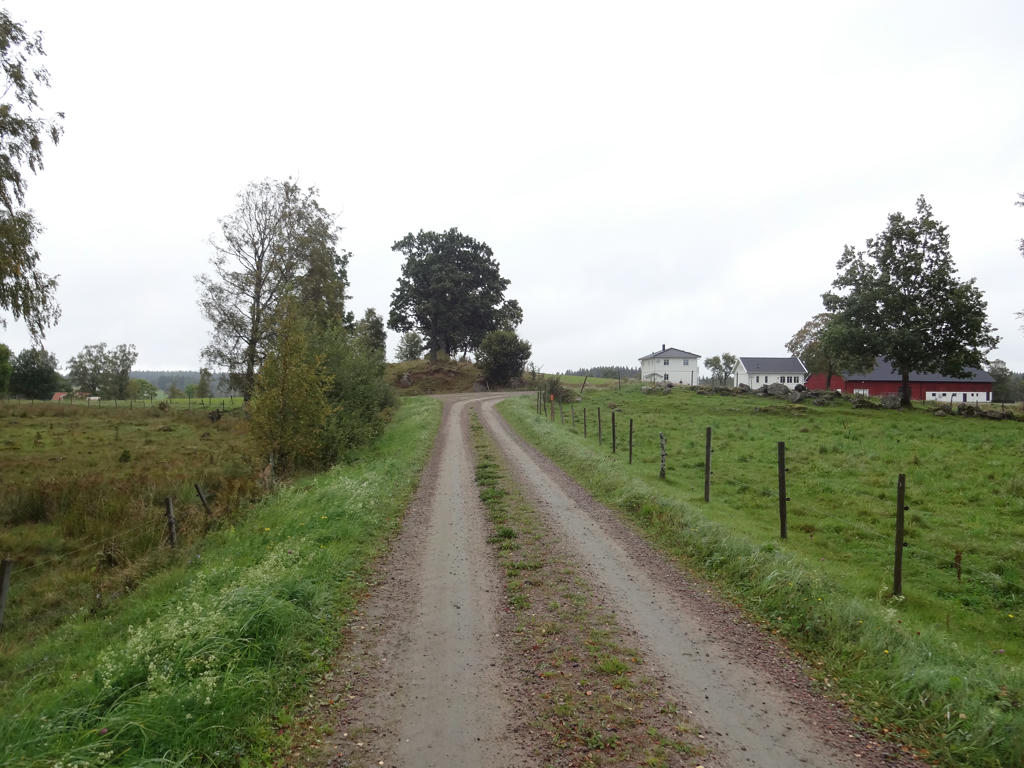
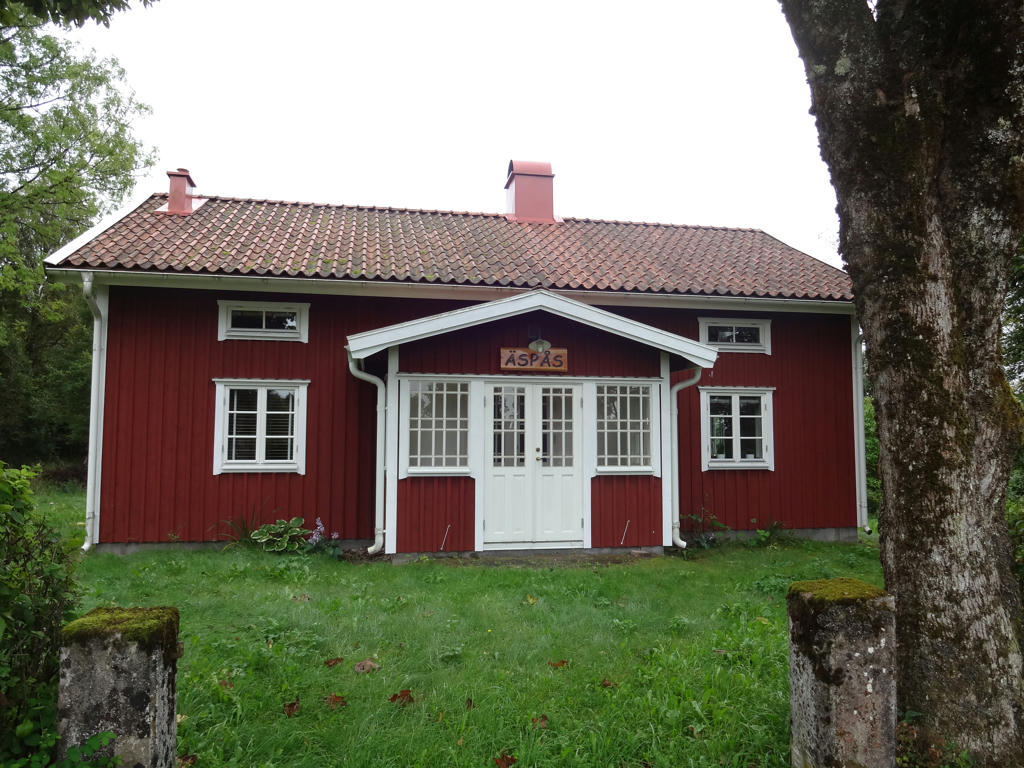
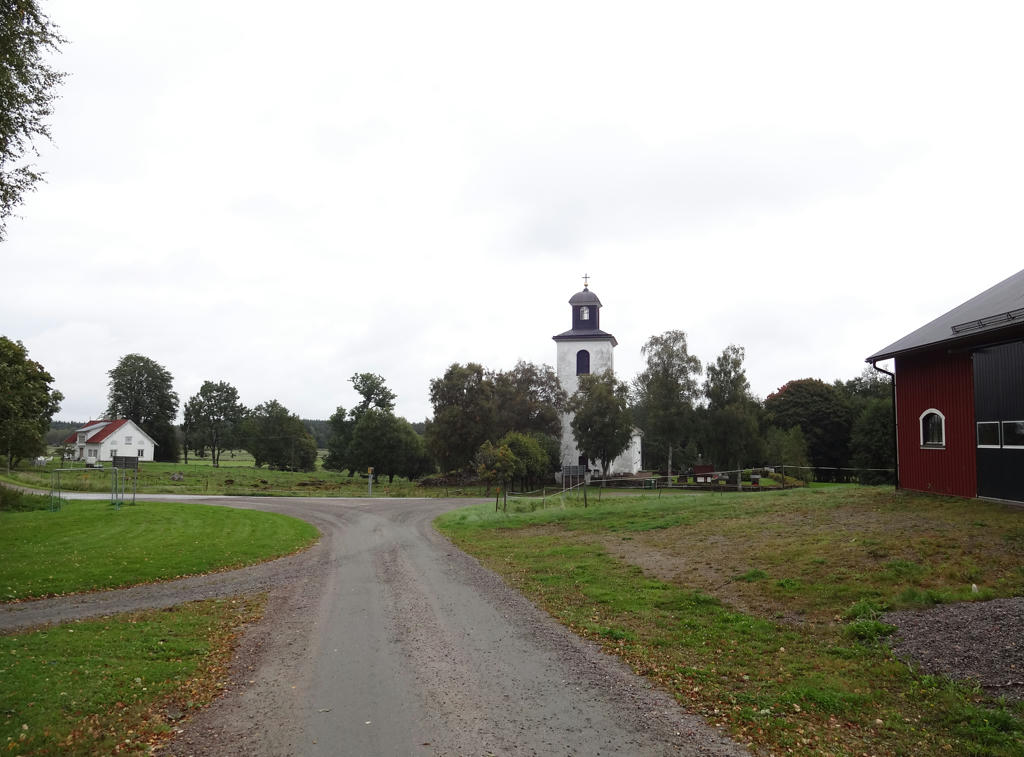
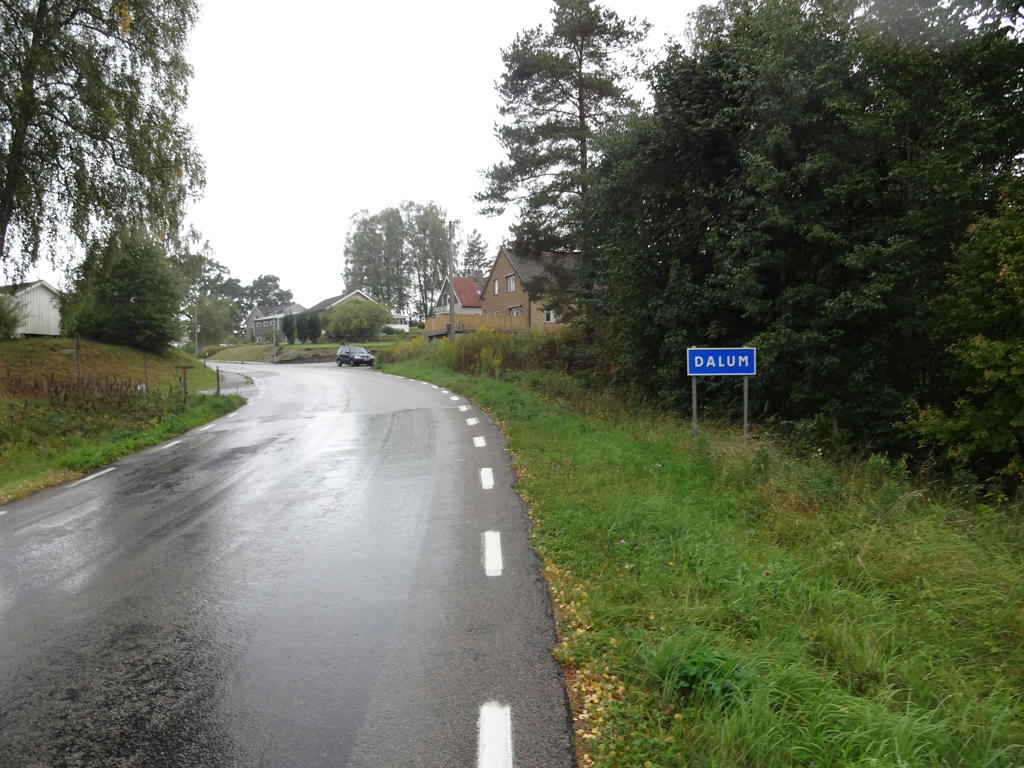
Inga kommentarer:
Skicka en kommentar